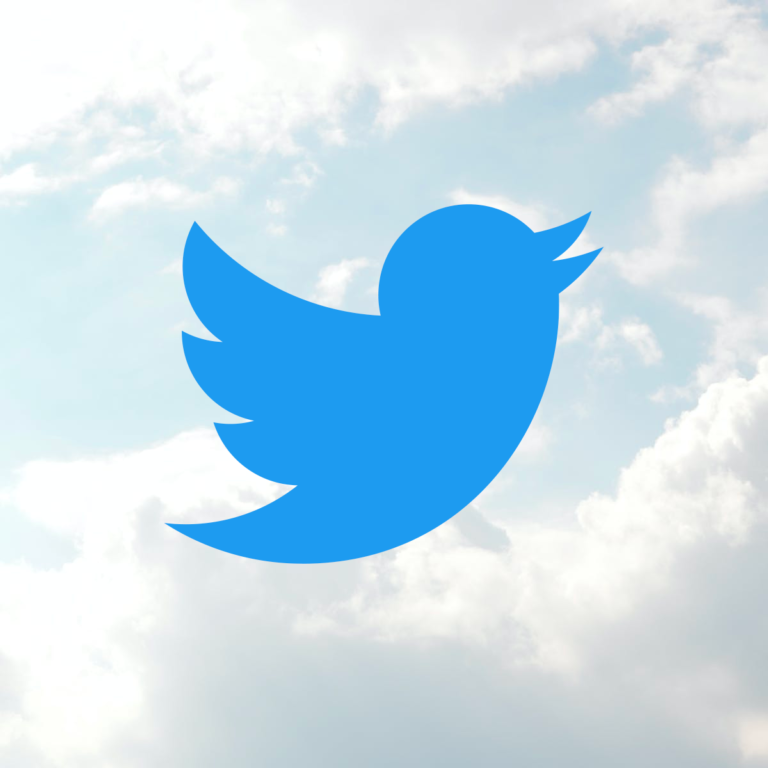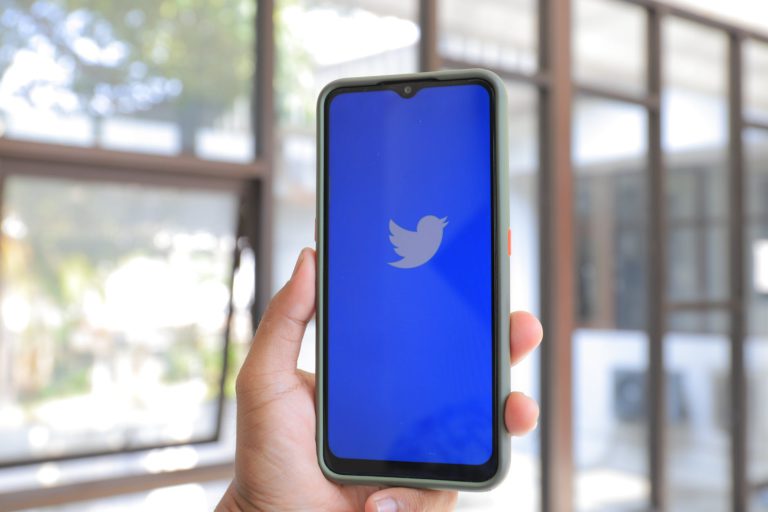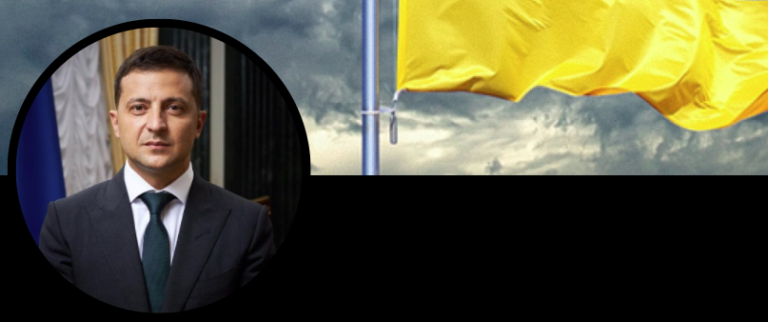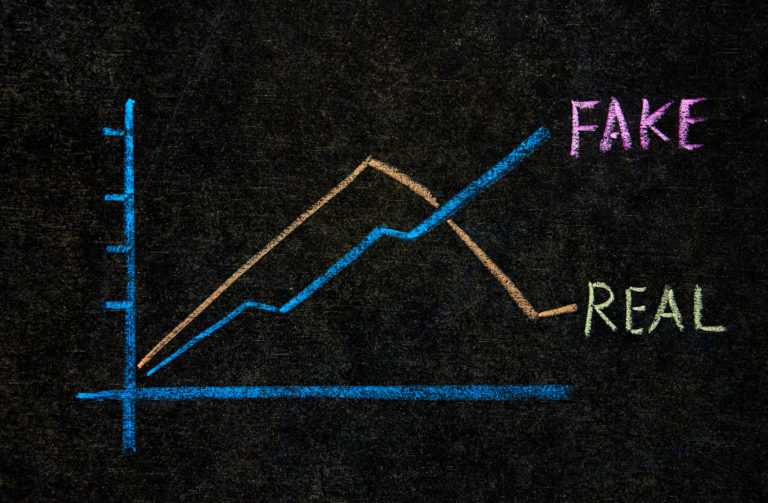Survey Smarter with QR Codes

I'm working on a new easy-to-use QR Surveying platform... Launching this summer, PollQR helps businesses gather customer feedback, and earn more 5-star reviews online using QR codes.

I'm working on a new easy-to-use QR Surveying platform... Launching this summer, PollQR helps businesses gather customer feedback, and earn more 5-star reviews online using QR codes.

In January 2020, I posted my view that the outbreak of what was to be called COVID quite possibly came by way of lab accident. It generated over 100 comments and ended at least one friendship. I popped by Facebook yesterday to circle back on that thread.

An index of all the Twitter Files threads, including summaries.

In the most explosive Twitter Files yet, Matt Taibbi uncovers the agitprop-laundering fraud engineered by a neoliberal think-tank.

I've built a news and commentary aggregator for Seattle. Pacific Northwest headlines, news and views, updated every 15 minutes.

Russia’s invasion of Ukraine feels like an altogether new phase of social media in warfare. Maybe it's the verbs which adorn those buttons: Like. Share. Donate. Block. They invite us in, and whisper: "Decide."

Have the past few years of tech news gotten you down? Here are four recent advancements in tech you may have missed.

The conviction of Elizabeth Holmes should cause any founder to take stock of their claims: hopes, exaggeration, or fraud?